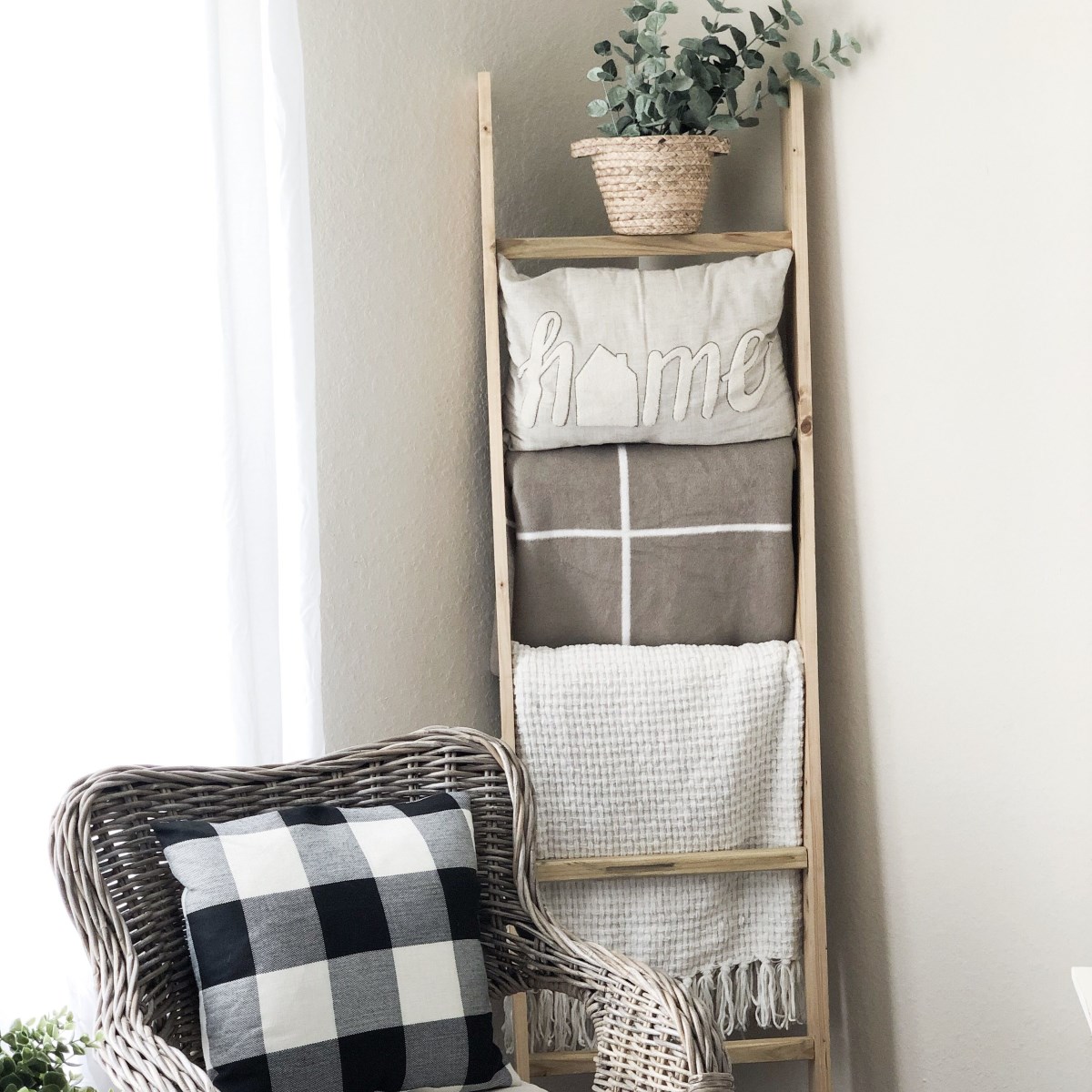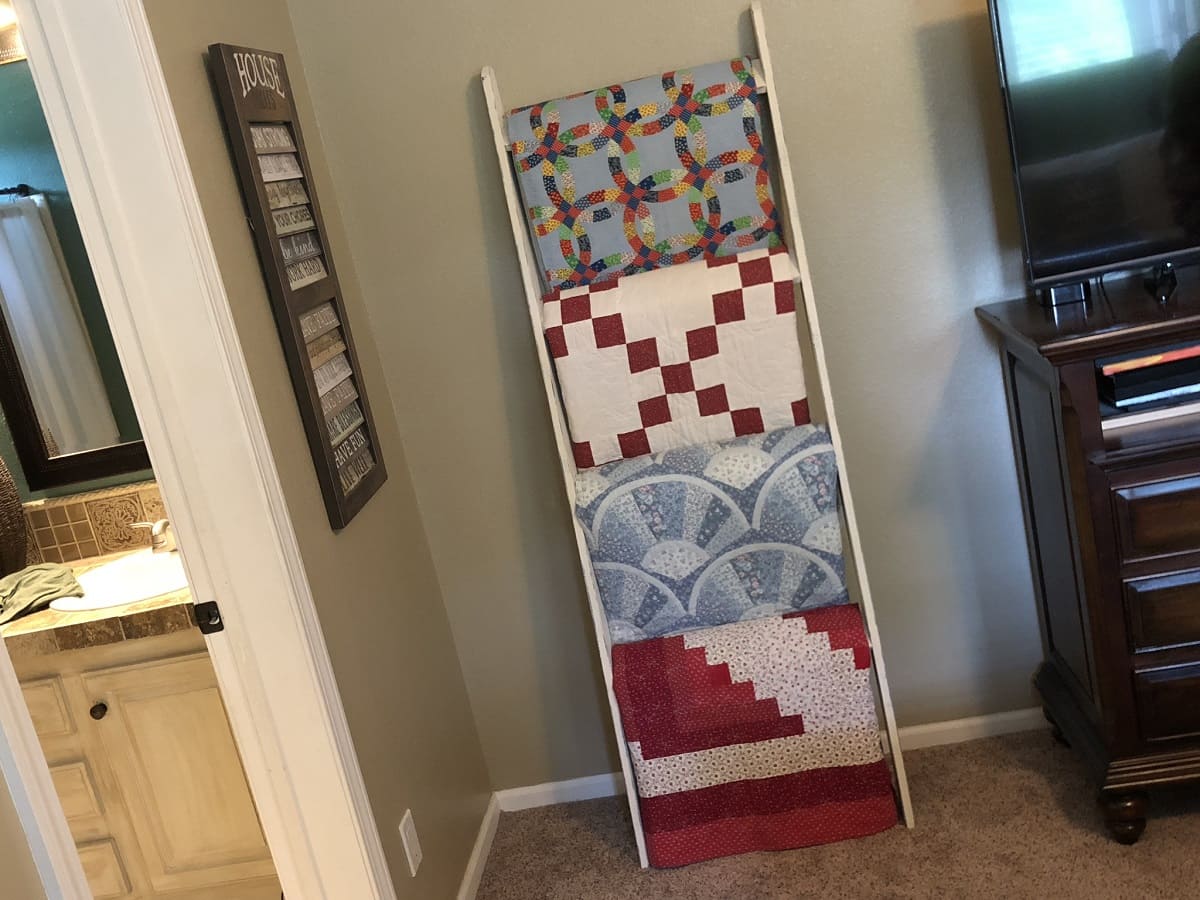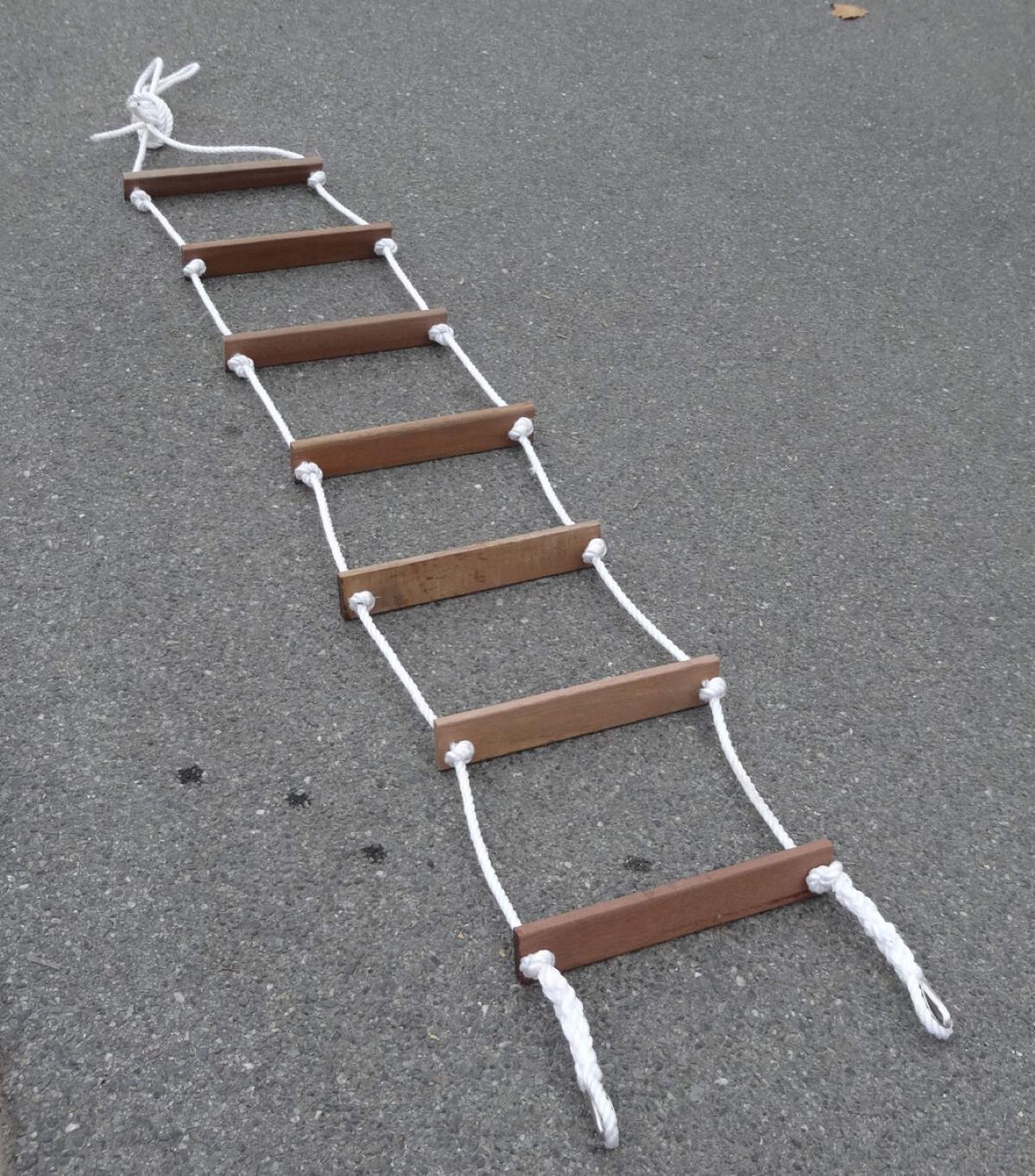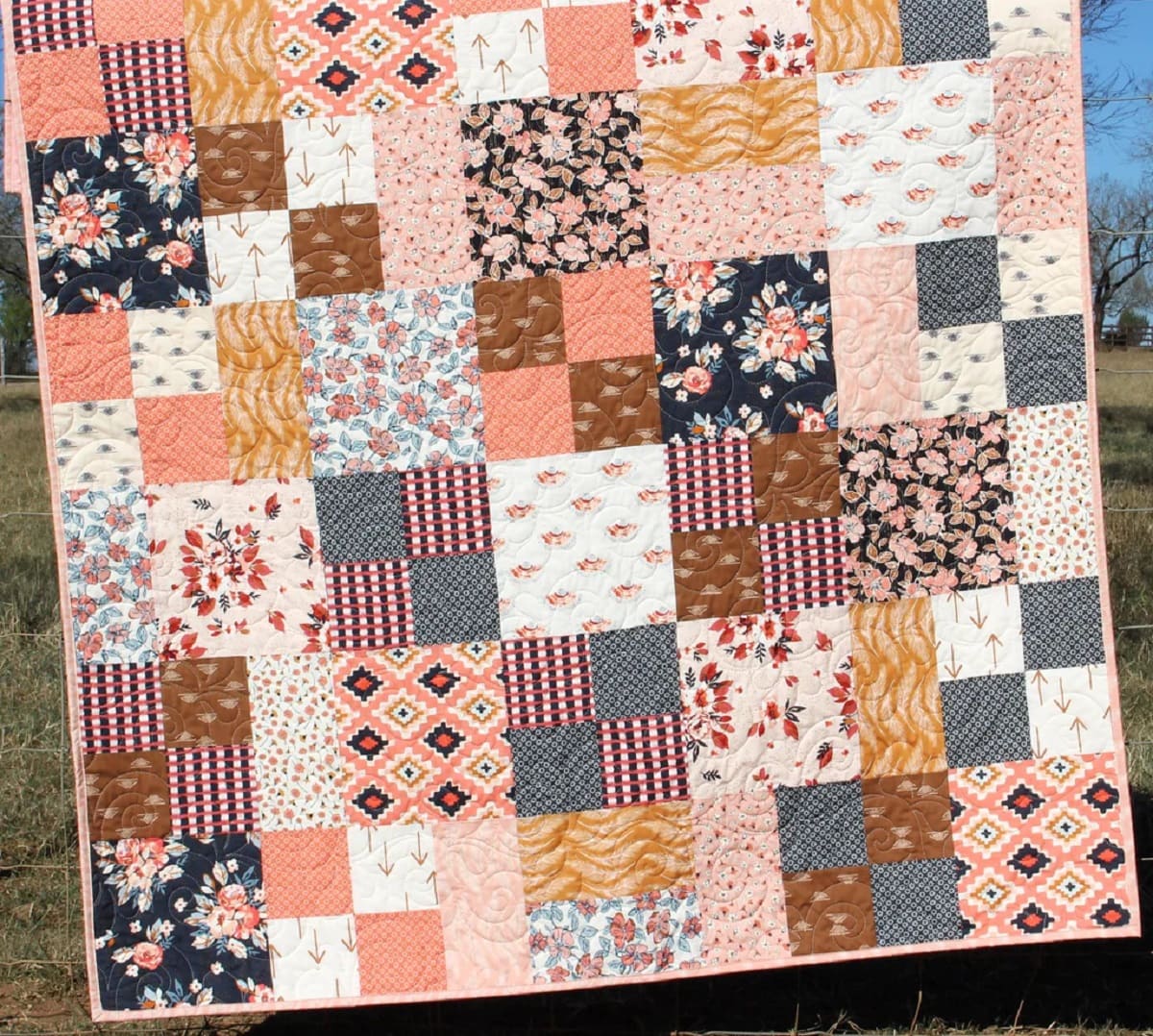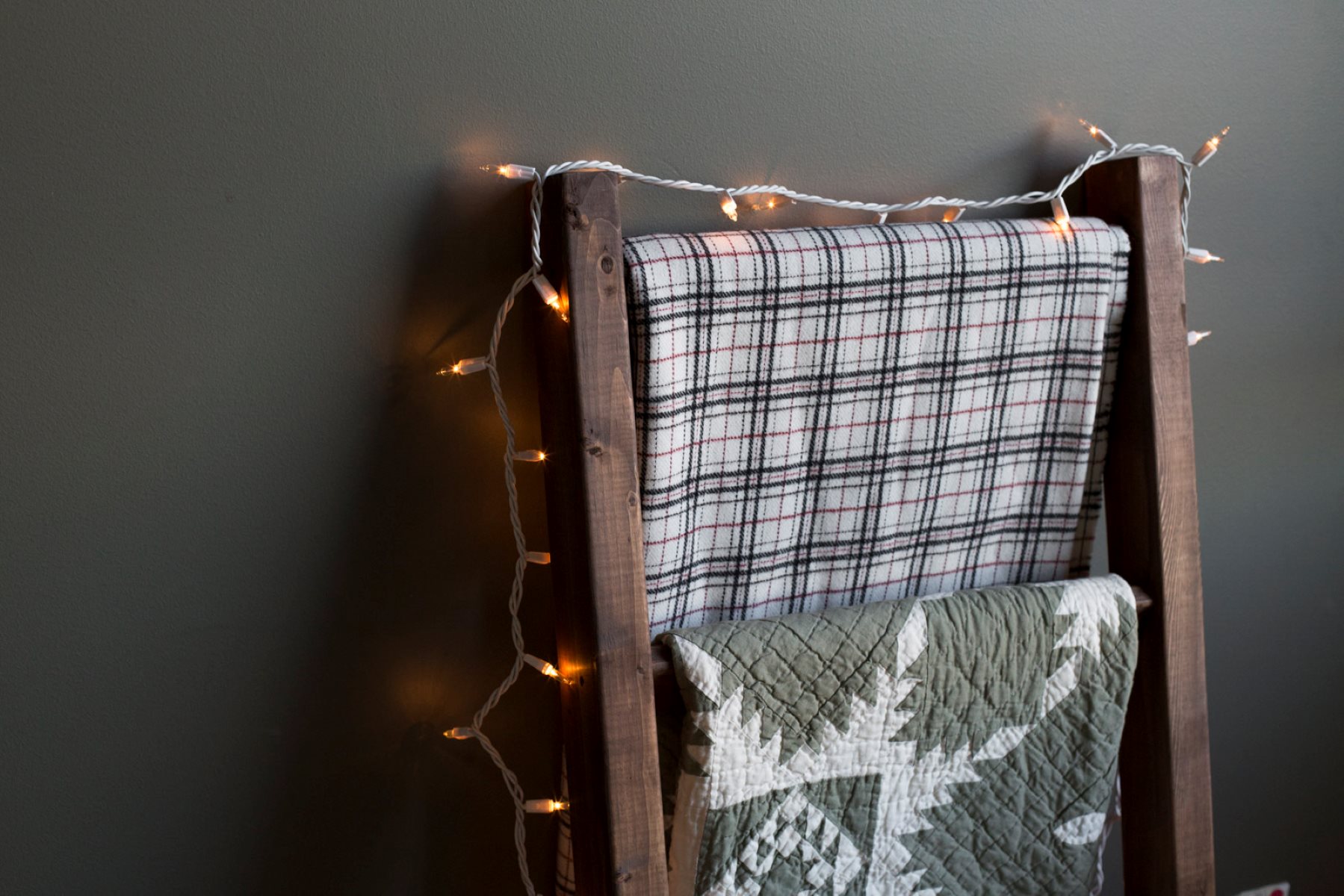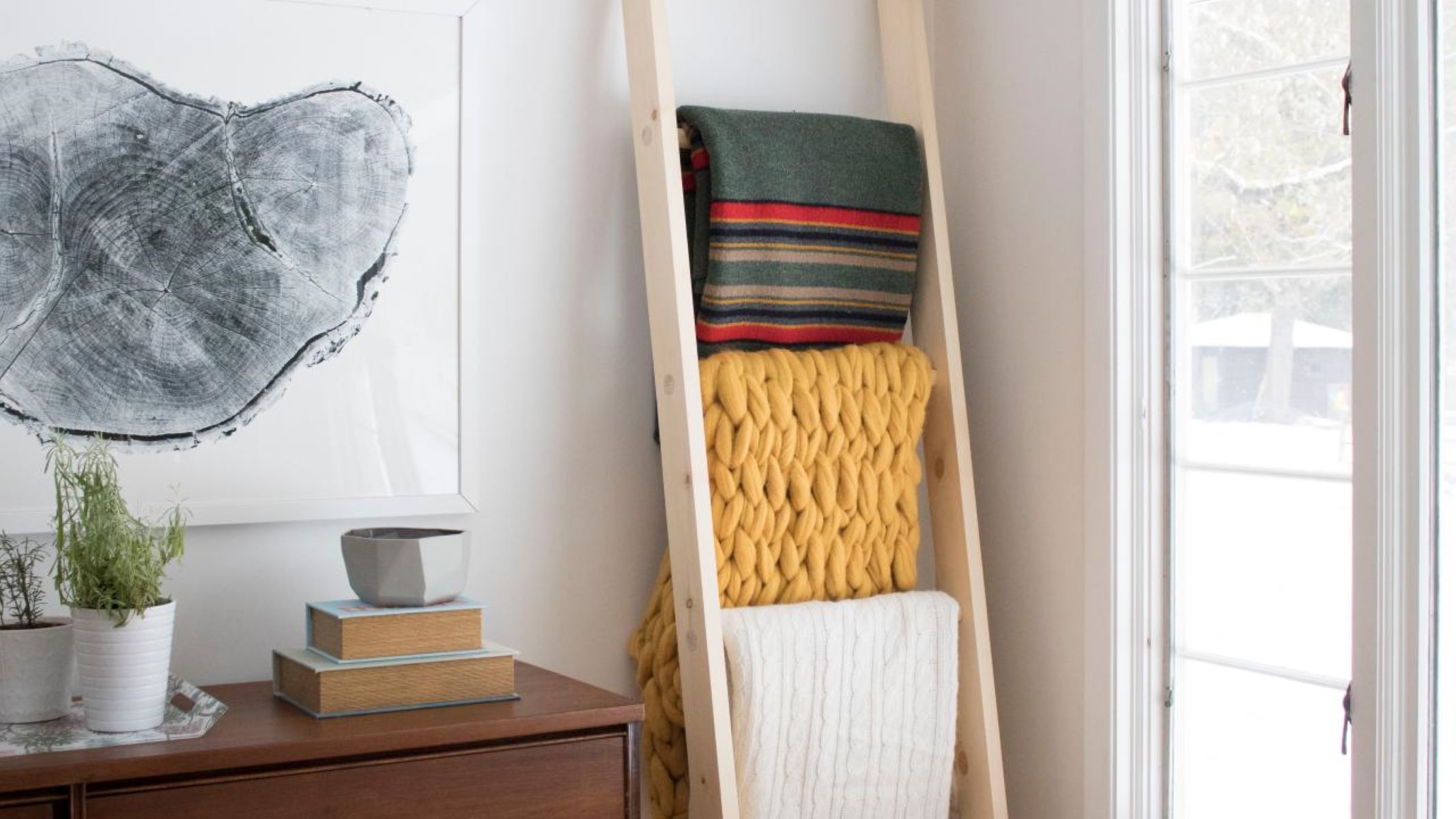

Articles
How To Make A Blanket Ladder
Modified: February 22, 2024
Discover helpful articles on how to make a blanket ladder, from choosing the right materials to step-by-step instructions for creating a beautiful and functional piece for your home.
(Many of the links in this article redirect to a specific reviewed product. Your purchase of these products through affiliate links helps to generate commission for Storables.com, at no extra cost. Learn more)
Introduction
Are you tired of having your blankets and throws strewn all over the couch and chairs? If so, it’s time to consider making a blanket ladder. A blanket ladder is a stylish and practical solution to keeping your blankets organized and easily accessible. Not only does it provide a functional storage solution, but it also adds a touch of rustic charm to your home decor.
In this article, we will guide you through the process of creating your own blanket ladder. It’s a straightforward project that can be completed in a few hours, even if you’re not an experienced DIY enthusiast. All you need are a few basic materials and some simple tools.
So, let’s roll up our sleeves and get started on this fun and fulfilling DIY project. By the end, you’ll have a beautiful and functional blanket ladder that will not only keep your blankets organized but also become an eye-catching focal point in your living space.
Key Takeaways:
- Create a beautiful and functional blanket ladder with just a few basic materials and simple tools. Keep your blankets organized and add rustic charm to your home decor in a fun and fulfilling DIY project.
- Personalize your blanket ladder with creative touches like painting, distressing, or decorative elements. Enjoy the satisfaction of crafting your own furniture and cozy up with your favorite blankets on your newly made ladder.
Read more: How To Fold Blankets On A Ladder
Materials Needed
Before we dive into the step-by-step process of making a blanket ladder, let’s gather all the materials necessary for this project. Here’s a list of what you’ll need:
- 2 wooden dowels – Choose dowels that are about 6 feet long and 1.5 inches in diameter. You can find these at your local hardware store.
- 4 wooden rungs – These can be made from scrap wood or you can purchase pre-cut wooden rungs. They should be around 18 inches long and about 0.5 inches in diameter.
- Saw – A handsaw or a miter saw will work fine for this project.
- Sandpaper – Use medium-grit sandpaper to smooth out any rough edges and give the ladder a polished look.
- Ruler or tape measure – These tools will help you measure and mark the positions for the rungs on the side rails.
- Drill or nail gun – Depending on your preference, you can use a drill with screws or a nail gun to attach the rungs to the side rails.
- Screws or nails – Choose screws or nails that are appropriate for the thickness of your wooden dowels and rungs.
- Wood glue – This is optional, but it can provide extra stability and durability to your blanket ladder.
- Protective finish (optional) – If desired, you can apply a protective finish such as clear varnish or wood stain to enhance the ladder’s appearance and protect the wood from wear and tear.
Make sure you have all these materials on hand before you begin the project. Once you’ve gathered everything you need, we can move on to the next step: measuring and cutting the wooden dowels.
Step 1: Measure and Cut the Wooden Dowels
The first step in constructing your blanket ladder is to measure and cut the wooden dowels. These will serve as the side rails of the ladder. Follow these steps to ensure accurate measurements and clean cuts:
- Measure the desired height of your blanket ladder. A typical height is around 5 to 6 feet, but you can adjust it to fit your space.
- Mark the measurements on the wooden dowels using a pencil or marker. Ensure that both dowels are marked at the same height.
- Secure the dowel in a workbench or clamp it down to prevent it from moving while cutting.
- Using a saw, carefully cut the dowel at the marked height. Take your time and make straight, clean cuts.
- Repeat the process for the second dowel, ensuring that it is cut to the same height as the first dowel.
Once you have cut the dowels to the desired height, you can move on to the next step: sanding the wooden dowels. Sanding will help smooth out any rough edges and prepare the wood for painting or staining if you choose to do so.
Step 2: Sand the Wooden Dowels
After cutting the wooden dowels to the desired height, it’s time to sand them. Sanding will not only smooth out any rough edges but also prepare the surface for any paint or stain you may want to apply later. Follow these steps to sand the wooden dowels:
- Start with medium-grit sandpaper (around 120 to 150 grit) to remove any splinters or rough spots on the surface of the dowels.
- Hold the sandpaper firmly and sand the entire surface of the dowels, moving in the direction of the wood grain. This will help achieve a uniform finish.
- Pay close attention to the ends of the dowels, making sure they are smooth and rounded.
- Once you have sanded the dowels with the medium-grit sandpaper, switch to a finer-grit sandpaper (around 220 to 320 grit) for a smoother finish.
- Continue sanding the dowels with the finer-grit sandpaper until you are satisfied with the smoothness of the wood.
- After sanding, use a clean, dry cloth to wipe away any sawdust or debris from the dowels.
Your wooden dowels should now be smooth to the touch and ready for the next step: marking the positions for the rungs on the side rails.
Step 3: Mark the Positions for the Rungs
Once you have sanded the wooden dowels, it’s time to mark the positions for the rungs on the side rails. Follow these steps to ensure accurate placement of the rungs:
- Measure and mark the desired distance between each rung on one of the dowels. The spacing can vary depending on your preference, but a typical spacing is around 12 to 18 inches.
- Using a ruler or tape measure, transfer the markings from the first dowel to the second dowel. Make sure the markings are aligned on both dowels.
- Double-check the markings to ensure that they are evenly spaced and at the same height on both dowels.
- These markings will serve as a guide for attaching the rungs to the side rails in the next step.
Once you have marked the positions for the rungs on the side rails, you’re ready to move on to the next step: attaching the rungs to the side rails.
When making a blanket ladder, be sure to measure and cut your wood accurately to ensure the ladder is stable and safe for holding blankets. Use a level to ensure the rungs are evenly spaced for a professional finish.
Read more: How To Build Blanket Ladder
Step 4: Attach the Rungs to the Side Rails
Now that you have marked the positions for the rungs on the side rails, it’s time to attach the rungs to complete the ladder structure. Follow these steps to securely attach the rungs:
- Begin by laying one of the side rails (wooden dowels) vertically on a flat surface.
- Position one of the rungs horizontally at one of the marked positions on the side rail.
- Align the ends of the rung with the edges of the side rail.
- Ensure that the rung is centered and level with the side rail.
- Repeat this process with the remaining rungs and marked positions on the side rail.
- Make any adjustments needed to ensure that all the rungs are evenly spaced and aligned.
- If desired, you can apply a small amount of wood glue to the ends of the rungs before attaching them to the side rail for extra stability.
By following these steps, you will have successfully attached all the rungs to one side rail. Now, let’s move on to securing the rungs to the side rail in the next step.
Step 5: Secure the Rungs with Screws or Nails
Now that you have attached the rungs to one side rail, it’s time to secure them in place using screws or nails. Follow these steps to ensure a sturdy and stable ladder structure:
- Start by drilling pilot holes through the side rail and into each end of the rung. This will help prevent the wood from splitting when you insert the screws or nails.
- Position the pilot hole slightly off-center from the rung, closer to the side rail. This will allow the screw or nail to have more stability when inserted.
- Use a drill or hammer to insert the screws or nails through the pilot holes and into the rungs. Make sure the rungs are securely attached to the side rail.
- Repeat this process for each rung, making sure to maintain even spacing between them.
- Double-check that all the screws or nails are fully inserted and the rungs are firmly attached to the side rail.
- Repeat the entire process for the other side rail, ensuring that the rung placements and attachment methods are mirrored on both sides.
Once you have secured all the rungs with screws or nails, your ladder structure should be strong and stable. Next, let’s move on to sanding and finishing the blanket ladder in the next step.
Step 6: Sand and Finish the Blanket Ladder
With the ladder structure complete, it’s time to sand and finish the blanket ladder to give it a polished look. Follow these steps to achieve a smooth and beautiful finish:
- Start by sanding the entire surface of the ladder, including the side rails and rungs. Use medium-grit sandpaper to remove any rough spots or imperfections.
- Pay extra attention to the ends of the side rails and rungs, ensuring they are smooth and rounded.
- Next, switch to a finer-grit sandpaper to achieve a smoother finish. Sand all the surfaces again, making sure to remove any scratches or blemishes.
- After sanding, use a clean cloth or brush to remove any sawdust or debris from the ladder.
- If you want to add a protective finish to the ladder, now is the time to do so. You can choose to apply wood stain, clear varnish, or paint, depending on the look you prefer.
- Follow the manufacturer’s instructions for applying the chosen finish, making sure to cover all the surfaces evenly.
- Allow the finish to dry completely before handling or moving the ladder.
Once the ladder is sanded and finished, it will have a smooth and polished appearance. Now, all that’s left is to add a protective finish if desired and enjoy your newly created blanket ladder!
Keep in mind that adding a protective finish can help preserve the wood and prolong the lifespan of your ladder. It can also enhance the ladder’s appearance and make it easier to clean and maintain.
Step 7: Optional: Add a Protective Finish
Adding a protective finish to your blanket ladder is an optional step, but it can provide extra durability and enhance the overall appearance of the wood. Here’s how you can add a protective finish:
- If you have chosen to apply a wood stain, start by gently stirring the stain to ensure an even consistency.
- Using a brush or cloth, apply the wood stain to the entire surface of the ladder, following the direction of the wood grain. Make sure to cover all exposed areas.
- Allow the stain to penetrate the wood for a few minutes, and then wipe off any excess stain with a clean cloth.
- If desired, you can apply a second coat of stain for a deeper color. Make sure to let the first coat dry completely before applying the second coat.
- Alternatively, if you prefer a clear protective finish, you can use a clear varnish or polyurethane. Brush a thin, even coat of varnish onto the ladder, allowing it to dry according to the manufacturer’s instructions.
- If using polyurethane, lightly sand the dried first coat with fine-grit sandpaper, wipe away any dust, and then apply a second thin coat. Repeat the process if desired for additional protection.
- Allow the ladder to dry completely before handling or using it.
Adding a protective finish will not only help preserve the wood but also provide resistance to scratches, moisture, and other wear and tear. It will ensure that your blanket ladder remains in excellent condition for years to come.
Remember to follow the manufacturer’s instructions on the chosen finish product for the best results. Once the ladder is dry and the protective finish has cured, you can proudly display your stylish and functional blanket ladder in your home!
Read more: How To Use Blanket Ladder
Conclusion
Congratulations! You have successfully completed the process of making your own blanket ladder. By following the steps outlined in this article, you have created a beautiful and functional piece of furniture that will keep your blankets organized and add a touch of rustic charm to your home decor.
Making a blanket ladder doesn’t require much time or expertise. With just a few basic materials and some simple tools, you can create a stunning ladder that not only serves a practical purpose but also becomes a centerpiece in your living space.
Remember to measure and cut the wooden dowels accurately, sand them to perfection, mark and attach the rungs securely, and finish the ladder with a protective coat if desired. Each step contributes to the overall quality and durability of your blanket ladder.
Now, you can proudly display your blankets and throws on your newly crafted ladder, keeping them organized and easily accessible. Not only does the ladder serve a functional purpose, but it also adds a stylish and rustic element to your living space.
Feel free to personalize your blanket ladder by adding your own creative touches. You could paint it in your favorite color, distress the wood for a vintage look, or customize it with decorative elements that complement your home decor.
Remember, the joy of crafting your own furniture goes beyond the final product. The satisfaction of creating something with your own hands and the pride of using it in your everyday life is invaluable.
So go ahead, enjoy the fruits of your labor, and cozy up with your favorite blankets on your newly made blanket ladder. Happy crafting!
Frequently Asked Questions about How To Make A Blanket Ladder
Was this page helpful?
At Storables.com, we guarantee accurate and reliable information. Our content, validated by Expert Board Contributors, is crafted following stringent Editorial Policies. We're committed to providing you with well-researched, expert-backed insights for all your informational needs.
